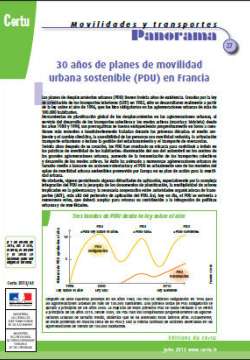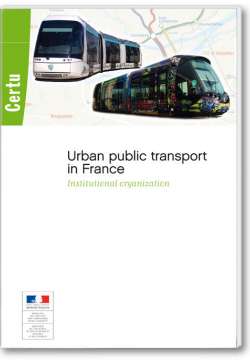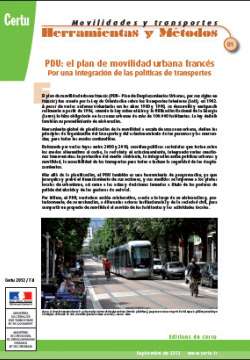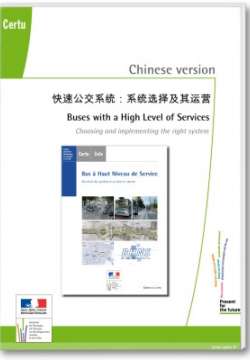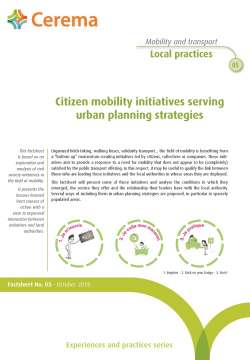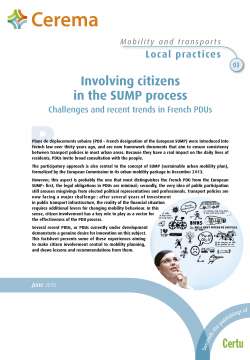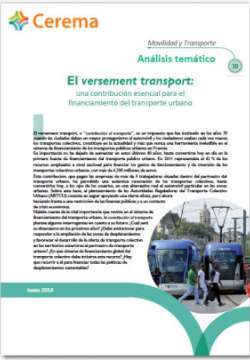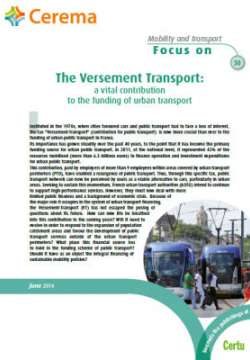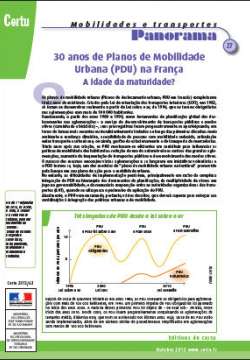
Mobility and transports : Tools and Methods, n°1 : PDU, the French urban mobility plan. Integrating transport policies
The Urban Mobility Plan (PDU – Plan de déplacements urbains) was created by the French framework Law on internal transport (Loti – loi d’orientation sur les transports intérieurs) in 1982. In spite of a number of voluntary schemes in the 1980s and 1990s, it was only developed and broadened in 1996, when the French air quality Act (Laure – loi sur l’air et l’utilisation rationnelle de l’énergie) made it compulsory for urban areas of more than 100,000 inhabitants and defined the procedure to produce a PDU. As a general planning tool for mobility across an urban area, the PDU defines the organisational principles for transport and parking for both people and goods, and covers all modes of transport. PDUs were strengthened by several laws passed between 2000 and 2010. They coordinate sector-specific policies on alternative modes of transport to the car, the road network and parking and also incorporate several interconnected issues, such as environmental protection, integrating urban policies and mobility, access to transport for all and road safety. As well as its role in planning, the PDU is also a scheduling tool insofar as it prioritises and sets out how measures contained within it will be financed ; the measures laid down in the PDU also have to be taken into account in local urban development plans and in the actions and decisions taken under the police powers of the mayor and road network managers. Finally, the PDU is developed using a partnership-based process and involves a range of institutional stakeholders and key players in civil society during its production and subsequent evaluation. The aim is to create a mobility plan designed to serve the interests of residents and local activities.


